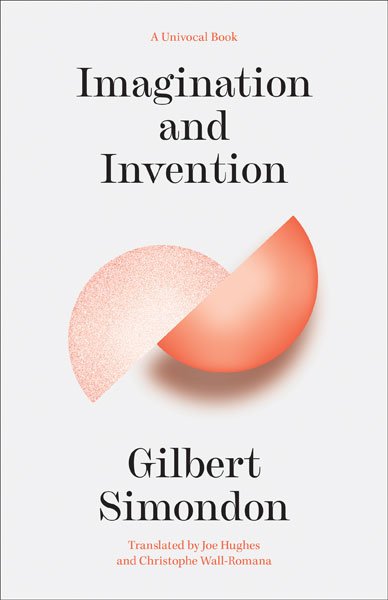Imagination and Invention

A radical rethinking of the theory and the experience of mental images
Here, in English translation for the first time, is Gilbert Simondon’s fundamental reconception of the mental image and the theory of imagination and invention. Drawing on a vast range of mid-twentieth-century theoretical resources—from experimental psychology, cybernetics, and ethology to the phenomenological reflections of Sartre and Merleau-Ponty—Imagination and Invention provides a comprehensive account of the mental image and adds a vital new dimension to the theory of psychical individuation in Simondon’s earlier, highly influential work.
Simondon traces the development of the mental image through four phases: first a bundle of motor anticipations, the image becomes a cognitive system that mediates the organism’s relation to its milieu, then a symbolic and abstract integration of motor and affective experience to, finally, invention, a solution to a problem of life that requires the externalization of the mental image and the creation of a technical object. An image cannot be understood from the perspective of one phase alone, he argues, but only within the trajectory of its progressive metamorphosis.

Gilbert Simondon (1924–1989) was a French philosopher of technology whose work continues to attract new interest within a variety of academic fields. His books in English translation include Individuation in Light of Notions of Form and Information, Volumes 1 and 2, and On the Mode of Existence of Technical Objects (all from Minnesota).
Christophe Wall-Romana is professor and Samuel Russell Chair in the Humanities at the University of Minnesota.
Joe Hughes is senior lecturer in English and Theater Studies at the University of Melbourne.

